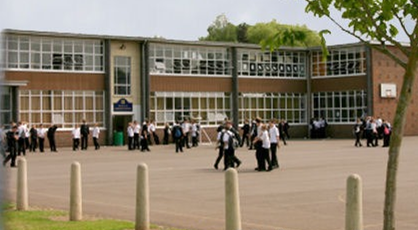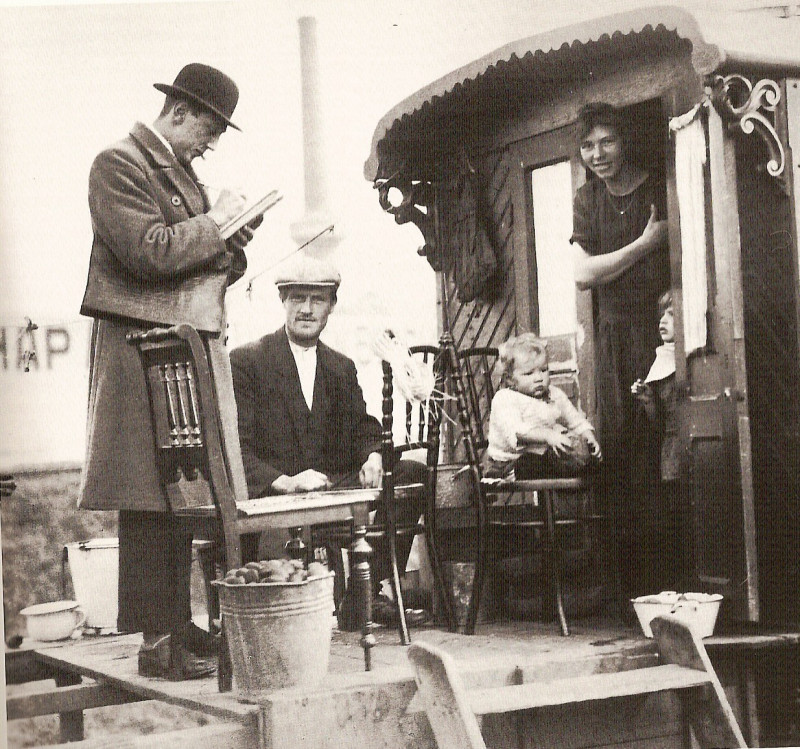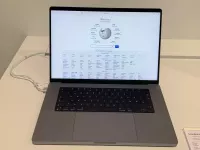Guinea-Bissau, officially the Republic of Guinea-Bissau, is a West African nation covering 36,125 square kilometers. It has an estimated population of just over 2 million people. The country is bordered by Senegal to the north and Guinea to the southeast.
1987: Release of N'tturudu
In 1987, Umban u'Kest released N'tturudu, the first feature film ever made in Guinea-Bissau.
1988: Release of Mortu Nega
In 1988, Flora Gomes released Mortu Nega (Death Denied), which was the first fiction film and the second feature film ever made in Guinea-Bissau.
1989: Mortu Nega wins Oumarou Ganda Prize
In 1989, Flora Gomes's film Mortu Nega won the prestigious Oumarou Ganda Prize at FESPACO.
1992: Screening of Udju Azul di Yonta at Cannes Film Festival
In 1992, Flora Gomes directed Udju Azul di Yonta, which was screened in the Un Certain Regard section at the Cannes Film Festival.
1998: Gross primary enrollment rate
In 1998, the gross primary enrollment rate in Guinea-Bissau was 53.5%, with a higher rate for males (67.7%) compared to females (40%).
2004: Opening of Centro de Formação São João Bosco
In 2004, the Centro de Formação São João Bosco, a private professional education school, opened in Guinea-Bissau.
2009: Census data on Portuguese speakers
In 2009, a census indicated that 27.1% of the population in Guinea-Bissau claimed to speak non-creole Portuguese, with a higher percentage in urban areas (46.3%) compared to rural areas (14.7%).
2010: Pew report on sectarian identity
According to a Pew report in 2010, Guinea-Bissau did not have a prevailing sectarian identity among Muslims, a distinction shared with other Sub-Saharan countries.
2010: Pew Research survey on religious demographics
In 2010, a Pew Research survey indicated that the population of Guinea-Bissau was 45.1% Muslim and 19.7% Christian, with 30.9% practicing folk religion and 4.3% following other faiths.
2011: Opening of Centro de Formação Luís Inácio Lula da Silva
In 2011, the Centro de Formação Luís Inácio Lula da Silva, another private professional education school, opened in Guinea-Bissau.
2011: Literacy rate estimate
In 2011, the literacy rate in Guinea-Bissau was estimated at 55.3%, with 68.9% for males and 42.1% for females.
2015: Pew-Templeton study on religious demographics
A 2015 Pew-Templeton study found that the population of Guinea-Bissau was 45.1% Muslim, 30.9% practicing folk religions, 19.7% Christian, and 4.3% unaffiliated.
2020: CIA World Factbook's estimate of religious affiliations
According to the CIA World Factbook's 2020 estimate, the religious affiliations in Guinea-Bissau were: 46.1% Muslim, 30.6% following folk religions, 18.9% Christian, and 4.4% other or unaffiliated.
2021: US Department of State Report on International Religious Freedom
The 2021 US Department of State Report on International Religious Freedom noted the belief among religious community leaders in Guinea-Bissau that their communities were generally tolerant, but raised concerns about rising religious fundamentalism.
July 2022: Vandalism of Catholic church
In July 2022, a Catholic church in Gabú, a predominantly Muslim region of Guinea-Bissau, was vandalized, leading to concerns among the Christian community about potential Islamic extremism.
Mentioned in this timeline

The Catholic Church the largest Christian church globally with over...
Guinea officially known as the Republic of Guinea is a...
Islam is a monotheistic religion centered on the Quran and...

A school is an educational institution designed to provide structured...

A community is a social unit defined by shared characteristics...

A census is a systematic process of collecting recording and...
Trending

2 months ago Natalie Portman: Ahsoka Season 2 Theory, Miss Dior Essence, AI Actress Controversy.
2 months ago Sleep Token Accused of IG Shutdown Over Tattoo Copyright: Artist Claims Label Involved

26 days ago MacBook Pro M5 Issues Reported; Amazon Offers Black Friday Deals on MacBooks.

7 months ago Trae Young Trolls Knicks Fans During NBA Playoffs: A Playful Jab.

1 month ago Kris Jenner Ringleader as Khloé Kardashian Wears Care Bears Halloween Costume: Family Celebrates

1 month ago Russian Drone Attack Ignites Gas Tanker Blaze Near NATO Border After US Gas Deal
Popular

Candace Owens is an American conservative political commentator and author...

Ilhan Omar is an American politician currently serving as the...

XXXTentacion born Jahseh Dwayne Ricardo Onfroy was a controversial yet...

Tucker Carlson is an American conservative political commentator known for...

Bill Gates an American businessman and philanthropist revolutionized personal computing...

Charles James Charlie Kirk was a prominent American right-wing political...